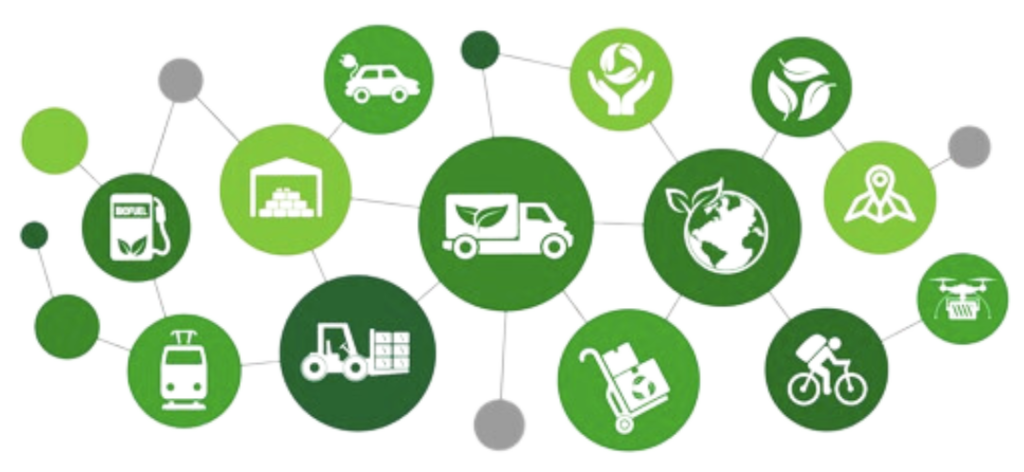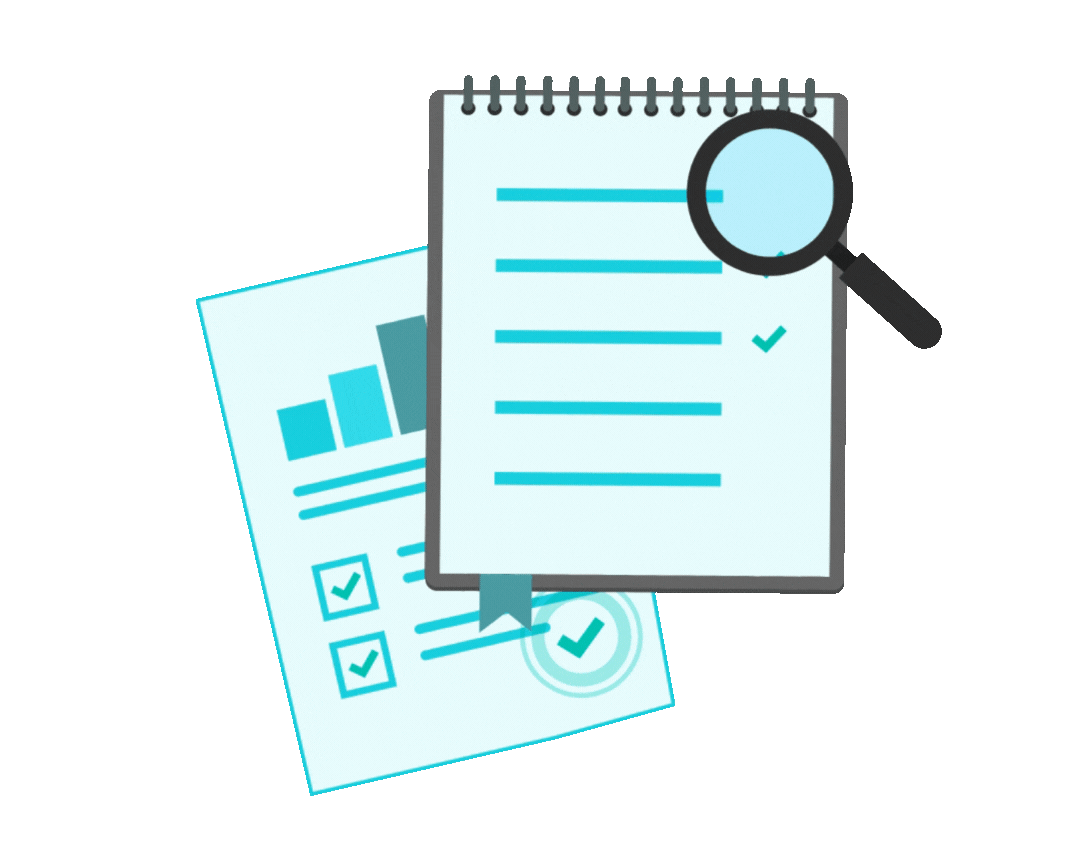Revolutionizing Supply Chain, Logistics, and Freight: The Positive Impacts of Software Development

In the past few decades, Software Development in Supply Chain and Logistics has emerged as a transformative force in numerous industries, notably in supply chain, logistics, and freight management. The integration of advanced software solutions into these sectors has not only streamlined operations but also enhanced efficiency, transparency, and sustainability. Here, we explore the multifaceted positive impacts Software Development in Supply Chain and Logistics has had on these crucial domains.
Enhanced Efficiency and automation
One of the most significant contributions of Software Development in Supply Chain and Logistics is the automation of various processes. Advanced software solutions, such as Enterprise Resource Planning (ERP) systems and Transportation Management Systems (TMS), have automated routine tasks, reducing the need for manual intervention. This automation accelerates operations, minimizes human errors, and frees up valuable human resources to focus on more strategic tasks.
For instance, warehouse management software can optimize inventory control by automatically reordering stock as needed, ensuring that warehouses operate efficiently with minimal excess or shortages. Automated guided vehicles (AGVs) and robotics, controlled by sophisticated software, further enhance the speed and accuracy of warehouse operations.
Additionally, AI is revolutionizing efficiency and automation in supply chain and logistics. AI algorithms can predict demand more accurately, optimize route planning, and manage inventory with greater precision. Machine learning models analyze vast amounts of data to identify patterns and trends, enabling smarter decision-making. AI-powered chatbots and virtual assistants improve customer service by handling inquiries and providing real-time updates. In the logistics sector, AI-driven automation includes predictive maintenance, reducing downtime and costs by forecasting equipment failures before they occur. To discover more on the details of AI integration in software development, explore out article, Trends in Software Development.
Additionally, software-driven automation in the logistics sector includes:
Automated Sorting and Packaging:
Speeding up the fulfillment process.
Predictive Maintainence
Using IoT to predict and prevent equipment failures.
Order Processing
Automating the entire order lifecycle from placement to delivery.
Improved Transparency and Real Time Tracking
Software development in supply chain and logistics has significantly improved transparency and traceability. Advanced tracking systems and IoT enable real-time monitoring of goods. This starts from the point of origin to the final destination. Real-time visibility helps mitigate risks and manage delays. It also improves customer satisfaction.
Blockchain technology is a breakthrough in software development in supply chain and logistics. It has introduced unprecedented levels of transparency. Blockchain provides a decentralized ledger recording every transaction. This ensures the integrity and authenticity of supply chain data, making tampering nearly impossible. This is particularly beneficial in industries where provenance and authenticity are critical. Examples can include pharmaceuticals and food.
Real-time GPS tracking enables precise location tracking of shipments. Companies can monitor the exact whereabouts of their goods. This happens throughout the entire transportation process. Up-to-the-minute location information aids in managing logistics efficiently, overall helping reduce delays and enhances supply chain visibility.
RFID tags provide detailed information about the status and condition of goods. These tags store critical data that can be read remotely. They offer insights into the handling and environment of items. This helps ensure products are stored and transported under optimal conditions. It reduces the risk of damage and loss and improves inventory management.
Digital twins create virtual models of physical assets to monitor performance. They also help predict issues. This advanced technology allows companies to simulate and analyze asset behavior. This happens in a virtual environment. Identifying potential problems before they occur is crucial. Using digital twins, businesses can optimize maintenance schedules. They also enhance operational efficiency and reduce downtime. This leads to significant cost savings and improved reliability in the supply chain.
Optimized Route Planning and Resource Management
Route optimization software has revolutionized freight and logistics by determining the most efficient paths for delivery. These algorithms consider various factors, including traffic conditions, weather, and fuel costs, to minimize delivery times and reduce operational costs. Companies like UPS and FedEx utilize such software to streamline their delivery processes, leading to significant savings and improved customer service.
Moreover, software tools for resource management ensure that vehicles and personnel are utilized to their fullest potential. Fleet management systems monitor vehicle health, driver performance, and fuel consumption, enabling proactive maintenance and efficient allocation of resources.
Software development in supply chain and logistics has significantly improved operations by reducing fuel consumption, minimizing delivery times, and enhancing vehicle utilization. Advanced route optimization algorithms determine fuel-efficient paths, lowering operational costs and environmental impact. Real-time traffic data and predictive analytics help minimize delivery times, improving customer satisfaction with faster deliveries.
Improved Customer experience
Customer satisfaction is a critical aspect of supply chain and logistics operations. Software Development in Supply Chain and Logistics has vastly improved the customer experience through better communication and service delivery. Customer Relationship Management (CRM) systems help companies understand and predict customer needs, allowing for personalized services and proactive issue resolution.
Additionally, real-time tracking and delivery notifications keep customers informed about their shipments, providing transparency and building trust. E-commerce platforms integrated with advanced logistics software can offer accurate delivery estimates and flexible shipping options, further enhancing customer convenience. Notably, 63% of customers expect delivery updates and notifications during their shipment process, highlighting the importance of transparency in logistics .
The customer-centric features provided by modern software include:
Proactive Communication
Systems alert customers about delays and provide expected delivery times, keeping them informed and reducing uncertainty.
Flexible Delivery Options
Software offers various delivery schedules and methods, accommodating customer preferences and enhancing convenience.
Personalized Services
Advanced analytics tailor services based on customer history and behavior, creating a more personalized and satisfying experience.
Real-Time Tracking
Customers can track their shipments in real-time, increasing transparency and trust in the delivery process.
Sustainable Practices and Green Logistics

Sustainability has become a major focus in modern logistics and supply chain management. Software Development in Supply Chain and Logistics plays a crucial role in promoting green logistics practices. Route optimization reduces fuel consumption and carbon emissions, while inventory management systems help minimize waste.
Furthermore, software solutions that support the circular economy model enable companies to track and manage the lifecycle of products, promoting recycling and reducing environmental impact. Environmental management software assists organizations in monitoring their carbon footprint and implementing strategies to achieve sustainability goals. Key contributions to sustainability include route optimization, route tracking, inventory management, and lifecycle tracking.
Data-Driven Decision Making
The advent of big data and analytics has empowered supply chain managers to make informed decisions based on accurate and comprehensive data. Predictive analytics software can forecast demand, identify potential disruptions, and optimize inventory levels. Machine learning algorithms analyze historical data to uncover patterns and provide actionable insights.
These data-driven approaches lead to more strategic decision-making, enhancing the agility and resilience of supply chains. Companies can anticipate market changes, adapt quickly to disruptions, and maintain a competitive edge.
Predictive analytics anticipates demand and mitigates risks, while inventory optimization ensures the right stock levels are maintained. Enhanced agility allows businesses to respond swiftly to market dynamics and disruptions, creating a more resilient and efficient supply chain.
Wrapping Up...
The positive impacts of Software Development in Supply Chain and Logistics are profound and far-reaching. From enhancing efficiency and transparency to optimizing resource use and promoting sustainability, advanced software solutions have revolutionized these sectors. As technology continues to evolve, we can expect even greater innovations that will further streamline operations, reduce costs, and improve customer satisfaction, ultimately driving the industry toward a more efficient and sustainable future.
Software Development in Supply Chain and Logistics is not just a trend but a pivotal force shaping the future of global trade and commerce. Its continuous advancements ensure that supply chains remain robust, adaptable, and forward-thinking, ready to meet the challenges of tomorrow.














